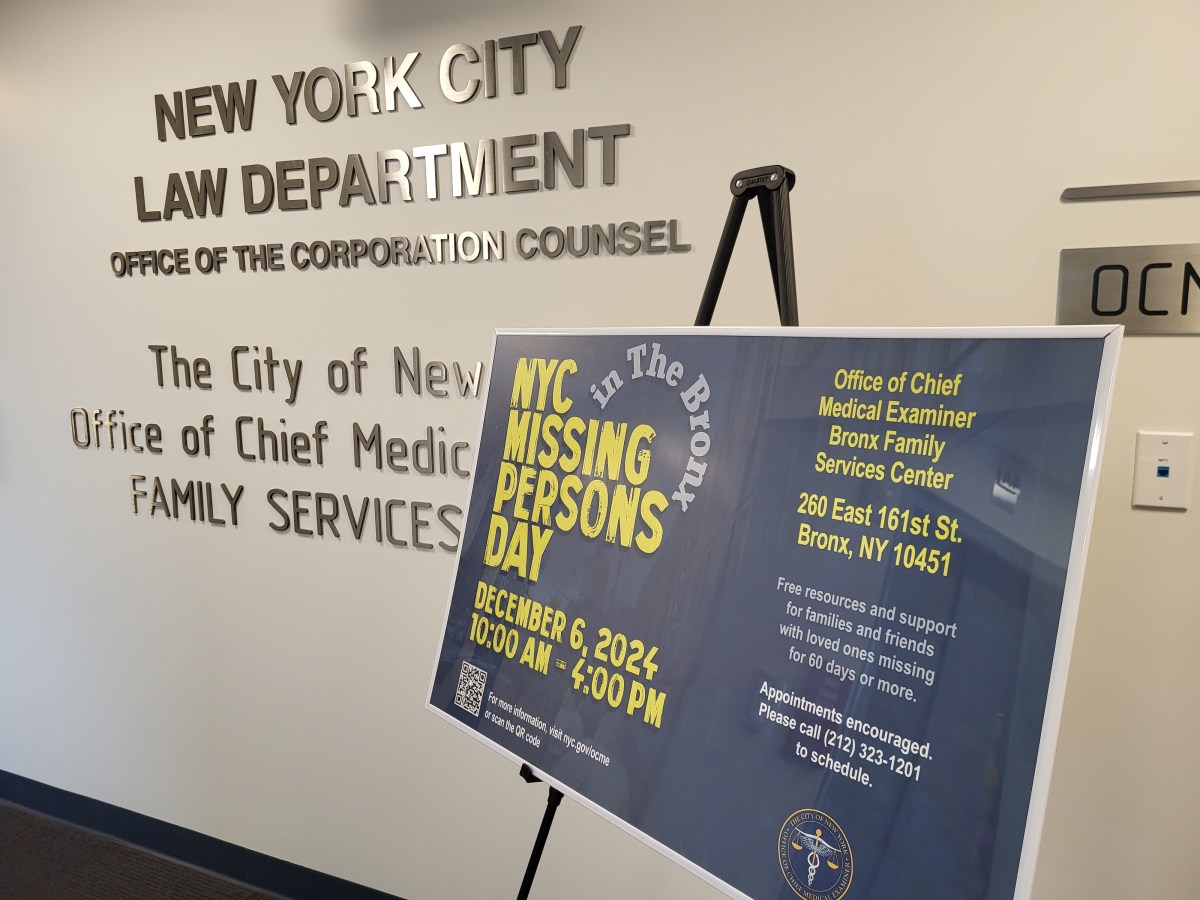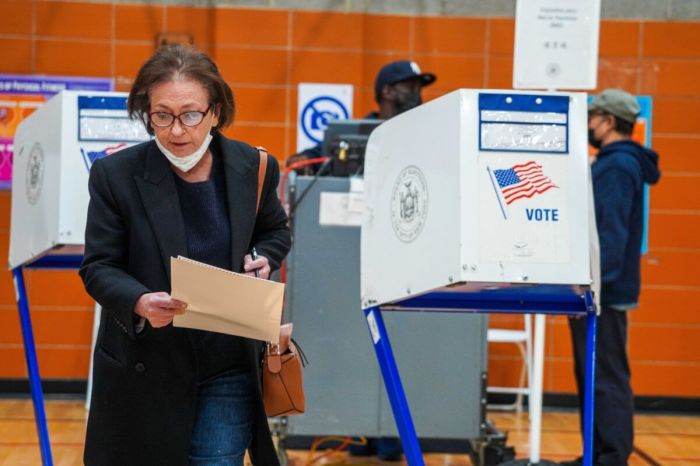
Expect to pay more if you’re traveling to the airports, riding on PATH trains or crossing New Jersey bridges and tunnels.
That’s the take-away from the Port Authority of New York and New Jersey’s sweeping proposal to hike tolls and fares, and add fees.
It’s a tough message for commuters and travelers because many already feel slammed by fare hikes from the Metropolitan Transportation Authority and plans for future tolling on many Manhattan roads. They’ll have a chance to make their voices heard at six public hearings on the increases, the first of which is being held Tuesday.
PA building fund needs revenue
Still, most of the authority’s plans make sense. Finding new revenue for the Port Authority’s $32 billion capital plan is necessary. Decades of disastrous underinvestment has left Port Authority facilities in bad shape.
Nonetheless, the agency’s proposals — including toll hikes at the Hudson River crossings, a significant increase on the Kennedy Airport AirTrain fare, and new fees for for-hire vehicles and taxis going to and from the airports — come with troubling timing. This plan emerges as New York moves ahead with plans to toll those who drive into Manhattan’s central business district in an effort to reduce congestion and provide funding for the MTA, which desperately needs capital funds.
Working together to alleviate commuter concerns and recognize the hardships tolls and fees impose will be key for New York State officials and the authority, made up of representatives of New York and New Jersey. And the agency must make key upgrades, like cashless tolling, which still hasn’t come to its Hudson River crossings.
The newest part of the Port Authority’s plan is a $4 fee on for-hire vehicles like Uber and Lyft when drivers pick up or drop off a fare at any airport. Yellow cabs would be charged only for pickups. That fee would be passed on to customers. While that might make sense at airports with public transit alternatives, it might not at LaGuardia, where customers who aren’t going to drive themselves have only a snail’s-pace bus service, taxis or for-hire cars to get to the airport. The authority should look into whether exempting LaGuardia from the airport car fee until the LaGuardia AirTrain is in place makes sense.
Think about half-price AirTrain
As for the JFK AirTrain, the $2.75 fare increase to $7.75 seems enormous — but this would be the first increase since the AirTrain opened in 2003. The hike sheds light on the fact that any future fare increases must be regular and predictable, rather than the sudden and disjointed changes this plan proposes. To mitigate the pain the AirTrain increase would cause, authority officials should work with the MTA and New York City to determine whether they should expand the Fair Fares program — which provides half-price MetroCards to New Yorkers in need — to the AirTrain.
Most important, the Port Authority will have to show customers that it can spend their money effectively, and that it can execute its capital plan and improve its facilities. The authority is synonymous with a history of corruption and controversy. While its current leadership has made progress, the authority has a long way to go before it can prove it has changed its path.


































